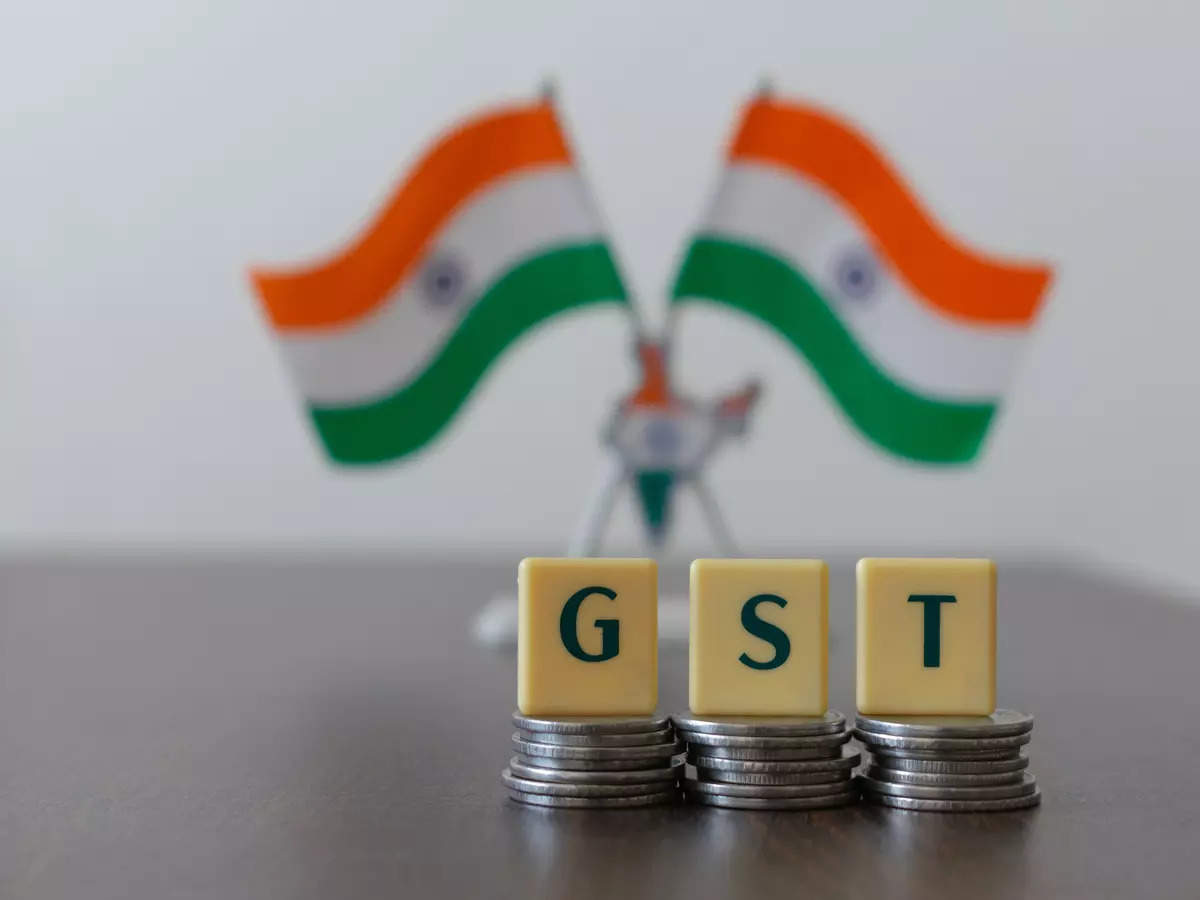
DESPITE local and global challenges, the Philippine economy significantly grew by 6.3 percent in the second quarter of the year, the Philippine Statistics Authority (PSA) reported on Thursday.
The result was up from the revised 5.8 percent in the last three months and markedly higher than last year's 4.3 percent. It is also higher than the 6.0-percent median in a Manila Times poll of economists.
This is the highest recorded growth rate since the January to March 2023 period at 6.4 percent.
The first half growth rate of 6.0 percent was within the government's target of 6 to 7 percent for the year.
Drivers of growth
The main contributors to the growth, the PSA said, were construction (16.0 percent), wholesale and retail trade, repair of motor vehicles and motorcycles (5.8 percent) and financial and insurance activities (8.2 percent).
All economic sectors posted expansions during the period with industry and services rising 7.7 percent and 6.8 percent, respectively.
The agriculture, forestry, and fishing sector, however, posted a year-on-year decline of 2.3 percent.
During the April to June period, household final consumption expenditure remained at 4.6 percent.
Government final consumption expenditure, meanwhile, jumped to 10.7 percent from the January to March 2024 period at 1.7 percent.
Socioeconomic Planning Secretary Arsenio Balisacan said government spending contributed 1.7 percentage points or 27 percent to the overall growth during the period.
Gross capital formation, exports of goods and services, and imports of goods and services grew by 11.5 percent, 4.2 percent, and 5.2 percent, respectively.
During the same period, gross national income expanded by 7.9 percent, down from the previous period's 9.7 percent. Likewise, the net primary income from the Rest of the World slumped by 24.7 percent from 57.0 percent in the January to March 2024 period.
PH on track to achieve target
Balisacan said that this growth trajectory keeps them "on track to achieve our target growth rate of 6 to 7 percent for 2024."
"This performance keeps our position as one of Asia's best-performing major emerging economies," Balisacan said.
The country trailed Vietnam (6.9 percent) but outgrew Malaysia (5.8 percent), Indonesia (5.0 percent) and China (4.7 percent) during the period.
He then added that the economy needs to grow at 6.0 percent in the next two quarters in order to hit the lower-end target this year.
Moreover, taming inflation and reducing interest rates would significantly spur growth in the coming months.
"Keeping food inflation and interest rates manageable is expected to spur both consumption and investment activity among households and businesses, strengthening our economic growth prospects in the coming months and the medium term," Balisacan said.
He then added that it is also imperative to improve Filipinos' purchasing abilities, hence the government still needs to create high-quality jobs to attain this.
"The government is working earnestly to improve the policy and regulatory environment further," Balisacan said.
"The goal is to strengthen our growth pillars — beyond household consumption and the services sector — and foster a more diversified mix of industries to sustain the growth of the Philippine economy in the years to come," he added.
Strong
Albay 2nd District Rep. Joey Salceda, meanwhile, observed that the economy remained strong despite a hostile global environment.
"The global environment remains very hostile to growth. Interest rates remain high and are nowhere near adjustment as cost of living remains unfavorable. And yet, the economy under President Marcos remains robust and, to some extent, immune from global conditions," Salceda said.
The lawmaker said the sources of growth were notable.
Salceda said that "on the supply side, construction grew the fastest at 16.0 percent. On the demand side, gross capital formation grew at a remarkable 11.5 percent. The shorthand for that is simple: investment. The private sector sees the continued growth potential of the Philippines and is locking in."
"Part of that, I attribute to the enactment of the Public-Private Partnership Code, which has stimulated investment in infrastructure especially at the local sector," he said.
The President signed the Public-Private Partnership (PPP) Code in December 2023.
"The aggregates are yet to come in, but there is anecdotal evidence to suggest PPPs in the local sector have been unleashed by clearer, simpler rules on procurement and bidding," Salceda said.
However, the lawmaker said the decrease in agriculture was a source of worry.
"Severe weather seems to have affected the agriculture, forestry, and fishing sector, which posted a year-on-year decline of 2.3 percent. That is despite price increases in corn and poultry — which should have increased gross value-added. In other words, volumes of output seem to have suffered as a result of both El Niño and heavy rains," he said.
Read The Rest at :










